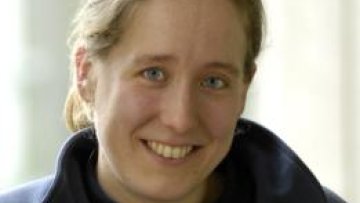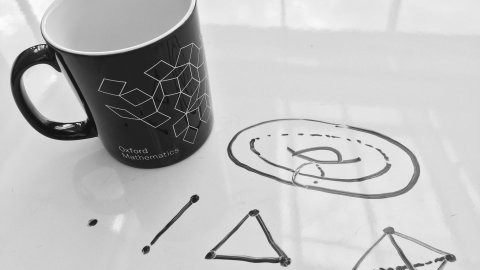Multiscale modelling of biomolecules: from atomistic molecular dynamics to the continuum limit with fluctuating finite element analysis
Abstract
Atomistic Molecular Dynamics is a well established biomolecular modelling tool that uses the wealth of information available in the Protein Data Bank (PDB). However, biophysical techniques that provide structural information at the mesoscale, such as cryo-electron microscopy and 3D tomography, are now sufficiently mature that they merit their own online repository called the EMDataBank (EMDB). We have developed a continuum mechanics description of proteins which uses this new experimental data as input to the simulations, and which we are developing into a software tool for use by the biomolecular science community. The model is a Finite Element algorithm which we have generalised to include the thermal fluctuations that drive protein conformational changes, and which is therefore known as Fluctuating Finite Element Analysis (FFEA) [1].
We will explain the physical principles underlying FFEA and provide a practical overview of how a typical FFEA simulation is set up and executed. We will then demonstrate how FFEA can be used to model flexible biomolecular complexes from EM and other structural data using our simulations of the molecular motors and protein self-assembly as illustrative examples. We then speculate how FFEA might be integrated with atomistic models to provide a multi-scale description of biomolecular structure and dynamics.
1. Oliver R., Read D. J., Harlen O. G. & Harris S. A. “A Stochastic finite element model for the dynamics of globular macromolecules”, (2013) J. Comp. Phys. 239, 147-165.
Vascular modelling in pathological tissues
Vicky Neale from Oxford Mathematics has won an MPLS (Mathematical, Physical and Life Sciences) Teaching Award for her innovative and entertaining undergraduate teaching. Using blogs and tips to back up her lectures, Vicky's expansive approach has led to widespread praise from the toughest of critics, namely the students themselves.
Integrable Statistical Mechanics in Mathematics
Abstract
I will survey of some of the many significant connections between integrable many-body physics and mathematics. I exploit an algebraic structure called a fusion category, familiar from the study of conformal field theory, topological quantum field theory and knot invariants. Rewriting statistical-mechanical models in terms of a fusion category allows the derivation of combinatorial identities for the Tutte polynomial, the analysis of discrete ``holomorphic'' observables in probability, and to defining topological defects in lattice models. I will give a little more detail on topological defects, explaining how they allows exact computations of conformal-field-theory quantities directly on the lattice, as well as a greatly generalised set of duality transformations.
Doubled Geometry and $\alpha'$ Corrections
Abstract
I review work done in collaboration with Siegel and Zwiebach, in which a doubled geometry is developed that provides a spacetime action containing the standard gravity theory for graviton, Kalb-Ramond field and dilaton plus higher-derivative corrections. In this framework the T-duality O(d,d) invariance is manifest and exact to all orders in $\alpha'$. This theory by itself does not correspond to a standard string theory, but it does encode the Green-Schwarz deformation characteristic of heterotic string theory to first order in $\alpha'$ and a Riemann-cube correction to second order in $\alpha'$. I outline how this theory may be extended to include arbitrary string theories.
16:00



